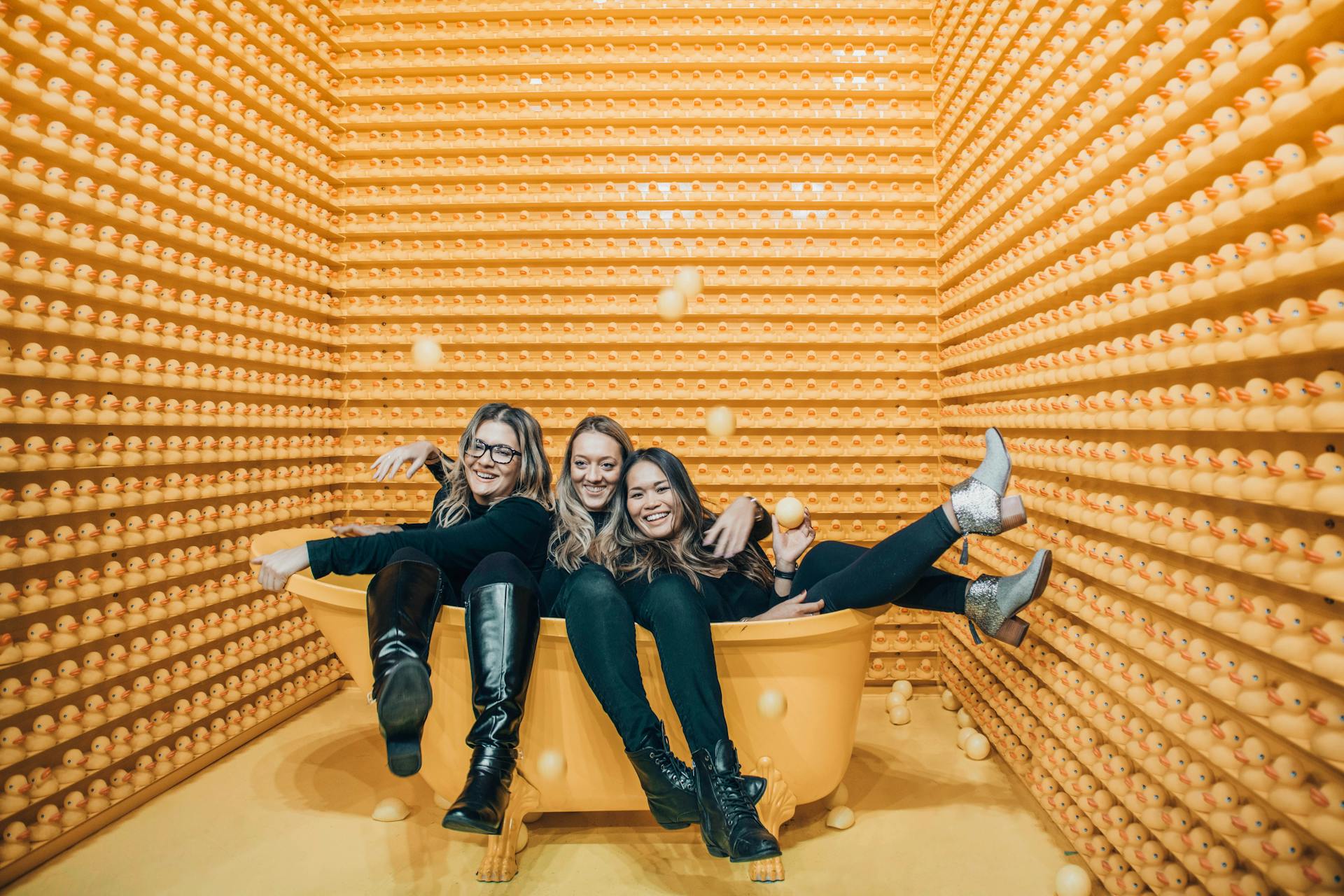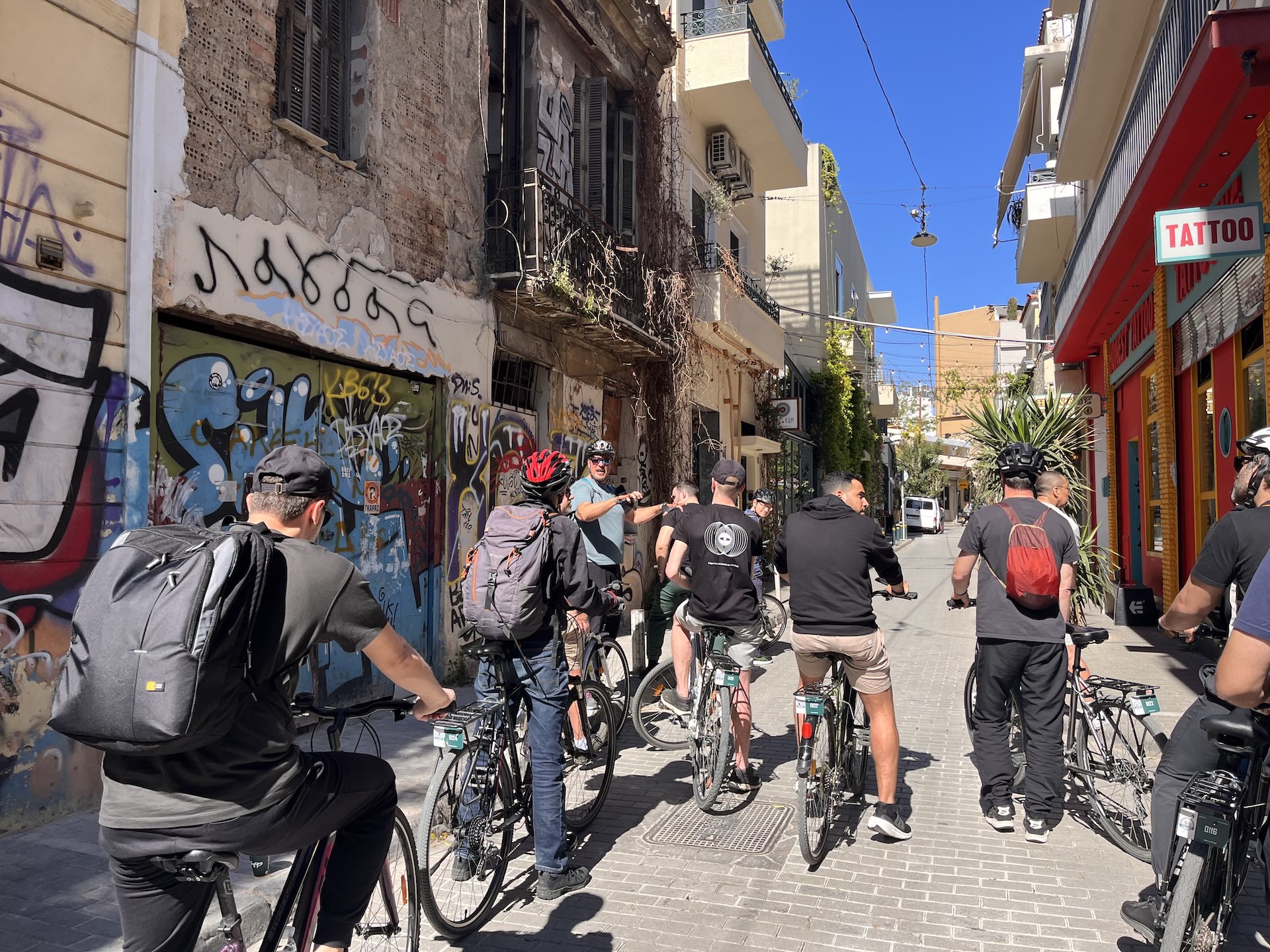Summary
- Cut through the fluff: Learn why trust falls and icebreakers miss the mark — and what actually drives real, lasting team connection.
- Understand the science: Explore proven psychological and neurological insights behind bonding that sticks — think oxytocin over awkward.
- Build trust that lasts: Discover how psychological safety fuels innovation, collaboration, and retention — even across time zones.
- See real-world examples: From Zappos to Patagonia, learn how top teams use rituals, shared struggles, and storytelling to build trust.
- Make it practical: Walk away with no-cringe, field-tested tools — like peer recognition, collaborative problem-solving, and shared wins.
- Use retreats right: Understand why retreats work, what makes them transformational, and how to sustain connection after you leave.
- Rethink your role: Whether you're in HR, People & Culture, or a team lead — shift from managing people to truly connecting them.
Team bonding isn’t about trust falls, ropes courses, or awkward icebreakers. Not really. It’s about something deeper: Human connection, shared experiences, and the psychological safety to show up as your real self. At its best, team bonding doesn’t just boost morale for a day—it lays the groundwork for lasting trust, collaboration, and purpose.
If you're an HR professional, a People & Culture lead, or managing a team spread across six time zones, you already know the challenge: How do you turn a group of high-performing individuals into a cohesive, resilient team?
Spoiler: It's not by making everyone read The Art of War or Machiavelli. We're not here for cutthroat tactics. We're here for connection. And the science backs us up.
If you’re struggling to make your culture feel human again, especially in a remote or hybrid setting, you’re not alone. In fact, we break down that exact tension in Mastering Engagement in Distributed Teams.
Why Team Bonding Matters (and Why It Works)

You know what weak team bonding feels like. People logging in to meetings with cameras off, the weird silence after someone asks for ideas. Side-Slack DMs because no one wants to speak honestly in the group chat. Performance is fine on paper, but no one’s really got each other’s backs. When pressure hits, people retreat instead of rallying.
The truth? Most teams aren’t underperforming because they lack talent. They’re underperforming because they lack trust. And trust doesn’t magically appear because you ordered matching hoodies or booked a Zoom trivia night. It has to be built, intentionally, psychologically, and experientially.
Gallup’s research nails it: Employees who strongly agree they have a best friend at work are more than twice as likely to be engaged (63% vs. 29%). They’re also significantly less likely to be job hunting—and in hybrid settings, more resilient to burnout and more likely to perform at a high level. But here’s the nuance: That kind of bond doesn’t come from free snacks or “mandatory fun.” It comes from safety, shared purpose, and genuine moments of connection. The kind where people feel seen, not managed.
This isn’t about morale. It’s about human infrastructure. When that’s strong, everything else moves faster: decision-making, creative flow, accountability, even retention. For a deeper dive into how trust and culture influence your ability to retain top performers, we unpack it fully in 13 Proven Employee Retention Strategies.
The Science of Team Bonding
Social Identity Theory: How Shared Purpose Turns Strangers Into Tribes
Developed by Henri Tajfel in the 1970s, Social Identity Theory explains how we form deep group bonds based on shared identity, experience, or belief. The moment people begin to see themselves as part of a collective “we”, behavior changes, allegiances tighten, collaboration increases, and individuals begin to act in service of the group.
In 1970, the Apollo 13 crew faced a life-or-death crisis after an oxygen tank exploded mid-flight. Despite the chaos and the odds stacked against them, the astronauts and NASA’s ground team bonded over a shared mission: Bringing the crew safely home. Every decision, every adjustment, was made with total trust in one another’s expertise. The crew weren’t just individuals; they were a tight-knit team, united by purpose and reliant on each other’s skills and commitment. That deep sense of shared identity and mission turned near disaster into a legendary success story.
Fast-forward two millennia: In 1984, Apple aired its now-iconic Super Bowl ad. The product was barely shown. Instead, the ad positioned Apple users as rebellious visionaries breaking free from corporate conformity. Internally, that story resonated just as deeply. Engineers weren’t just building computers, they were changing the world. The “Mac team” became a tribe. That identity still echoes through Apple’s culture today.
Social Identity Theory isn't abstract—it’s a reminder that storytelling, mission, and shared struggle are the fastest paths to a truly bonded team.
Trust & Psychological Safety: Why the Smartest Teams Make Space for “I Don’t Know”
Amy Edmondson's work at Harvard laid the groundwork here. Psychological safety means team members feel safe to speak up, admit mistakes, and share ideas without fear of judgment. Google’s Project Aristotle study confirmed this: Psychological safety was the single biggest predictor of team effectiveness.
Teams with psychological safety aren’t necessarily the most agreeable, but they are the most resilient. People disagree, ask naïve questions, throw out half-formed ideas, and—crucially—listen. Because the cost of honesty is low, the pace of learning is high.
In practice, this looks like:
- A junior dev flagging a security risk without hesitation.
- A manager admitting they got it wrong, then course-correcting with the team.
- A meeting where the best idea wins, not the loudest voice.
Psychological safety isn’t soft. It’s the foundation of innovation, speed, and trust. We explore that leadership dynamic further in HR and People & Culture Are Not the Same, including how soft power can be your strongest lever for shaping culture.
The Neuroscience of Connection: Why Your Brain Loves Group Challenges

Connection isn’t just emotional, it’s chemical. When people collaborate, laugh, struggle, and succeed together, their brains light up. Oxytocin, the bonding hormone, increases when we feel heard and trusted. Dopamine, the reward molecule, surges during shared achievement or discovery. Neuroscience research from Stanford shows that even short periods of synchronized group activity, like walking in rhythm or working side-by-side, boost cooperation and empathy. Think of it like a biological shortcut to trust.
This is why seemingly “fluffy” retreat activities hit harder than expected. A team that’s never met in person is tasked with navigating a ropes course. There’s laughter, mild panic, and encouragement. By the end, someone shouts, “You’ve got this!” and they mean it. Or a cooking challenge: flour everywhere, roles naturally forming—“you chop, I’ll stir”—and suddenly a scattered, remote group becomes a team!
These moments aren’t distractions. They’re experiences that the brain tags as real connection. And once you’ve built that, the working relationships shift too.
Practical Techniques for Stronger Teams
1. Storytelling & Shared Experiences
Stories build trust faster than statistics. According to Paul Zak's neuroscience research, storytelling triggers the release of oxytocin, a neuro-chemical linked to empathy and bonding. When someone shares a personal story, listeners’ brain activity can actually sync with theirs. It's one of the fastest ways to build a connection.
In theory, maybe it sounds wishy washy, so let’s look at a real example. At Zappos, storytelling is a cultural cornerstone. Their weekly "WOW" meetings invite employees to share exceptional service moments, reinforcing shared values and creating emotional cohesion across teams.
2. Collaborative Problem-Solving
Problem-solving under pressure surfaces the real dynamics: How people communicate, lead, and listen. Done right, it’s not just practice, it’s insight. Formats like design sprints or crisis simulations allow teams to explore challenges in a low-stakes but high-engagement setting.
How about another real-world example: LEGO. They might be producing toys for children, but their serious play method to boost team alignment and creativity is great for grown-ups. It’s where participants build symbolic models to express complex ideas, unlocking new conversations and surfacing hidden assumptions.
3. Team Rituals & Traditions
Belonging isn’t built overnight—it’s built in rhythm. Repeated rituals give teams a sense of stability and shared identity, especially in fast-moving or hybrid work environments. Real-world examples:
- Shopify uses an internal tool called UNICORN for peer-to-peer recognition, creating a culture of appreciation that’s baked into daily workflow.
- IDEO hosts weekly Tea Time, a low-key, cross-team gathering where ideas flow alongside snacks and conversation.
- At Patagonia, the “Let My People Go Surfing” policy gives employees the freedom to take breaks when the waves are right, embedding wellbeing directly into company culture.
The Role of Retreats in Team Bonding
There’s a reason off-sites work, and it’s not just about a change of scenery. When you remove a team from their everyday context, you remove assumptions. Titles blur. Silos crack open. People exhale. That’s when the real conversations start.
At OnsiteHub retreats, we design for psychological safety first. This isn’t fluff, it’s neuroscience as we discussed above. When people feel safe, oxytocin rises, defenses drop, and connection becomes possible. Whether it’s through a structured team challenge or an impromptu stroll through the historic streets of Amsterdam, we create the conditions for trust to take root.
Face-to-face interaction accelerates what Zoom can’t. Body language, timing, those shared-moment microglances, they all feed connection. And when those moments are paired with intention? Teams don’t just bond they transform.

Take the Institute of Free Technology’s all-hands retreat in Greece. Over 10 days, 110 contributors from around the world came together (many meeting face-to-face for the first time). The impact? 95% reported feeling more engaged and aligned with their mission. 96% built new relationships. And every single participant said they gained valuable insights into how to collaborate across teams. One of their People Partners put it best: “It truly felt like OnsiteHub worked magic behind the scenes.”
For a deeper look at how retreats elevate wellbeing and drive long-term engagement, we unpack it fully in Your Team’s Major Wellbeing Boost Is Just a Retreat Away.
Sustaining Team Connection Beyond the Retreat
A retreat creates the spark. But sustaining a connection? That’s the long game.
Here’s what high-trust teams actually do after the off-site ends—and none of it takes a massive budget or a 12-week rollout plan:
1. Digital Rituals That Actually Stick
Connection doesn’t mean constant video calls. Atlassian, for example, uses “virtual coffee chats” where employees are randomly paired for informal catch-ups. Basecamp keeps it even simpler with a daily async question: “What did you work on today?” It takes seconds, builds rhythm, and keeps the human thread alive.
2. Follow-Up Sessions That Don’t Feel Like Homework
A six-week follow-up session post-retreat helps embed what mattered. Not a recap, but a recalibration: what’s shifted, what’s stuck, what’s next? With tools like MURAL or Butter, you can make these sessions interactive and energizing, without turning them into another meeting that drains the team.
3. Metrics That Go Beyond Morale
You can’t improve what you don’t track. Tools like Culture Amp or Officevibe help monitor psychological safety, team trust, and cohesion, without adding overhead. These are the systems that let you act early, not react late.
And if you’re managing a fully remote or hybrid setup, there’s a full breakdown of digital-first team building in Managing Remote Teams—from infrastructure to rituals to leadership habits.
Conclusion: Team Bonding Is an Ongoing Journey
Building a strong, connected team takes intentional effort, consistency, and a focus on people, not just processes. Prioritize psychological safety, shared experiences, and open communication, and your team won’t just work together—they’ll thrive. Yet nothing replaces the power of face-to-face connection. A retreat isn’t just a break from routine; it’s a catalyst for lasting trust, collaboration, and renewed motivation.
Ready to make your team bond in a way that truly lasts? Book your free consultation today.



.jpg)